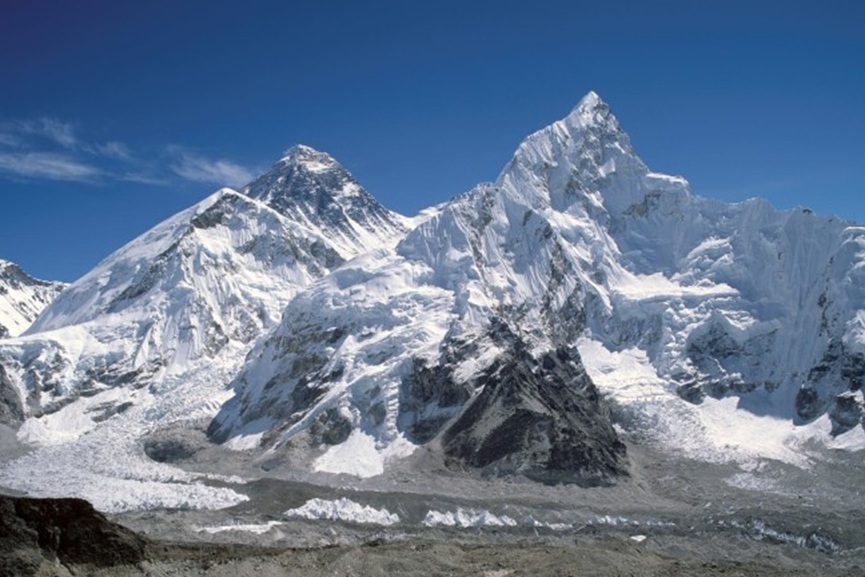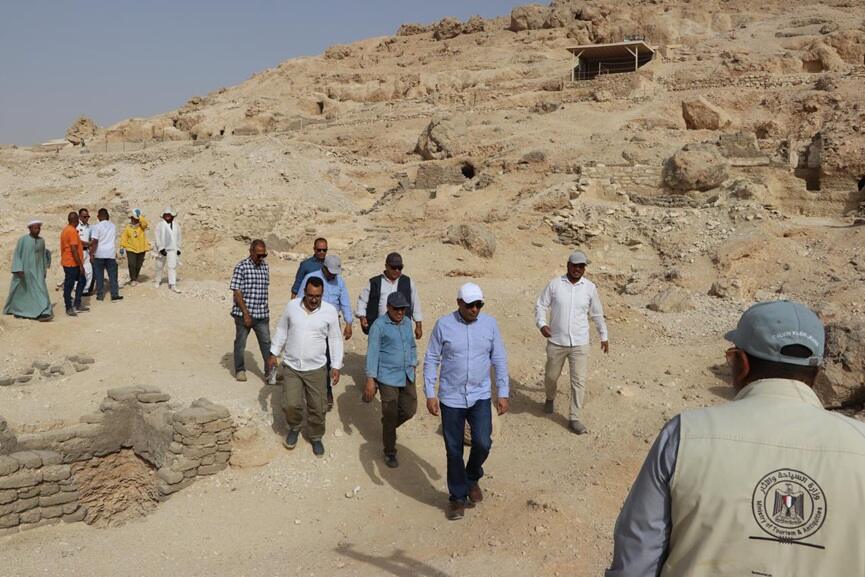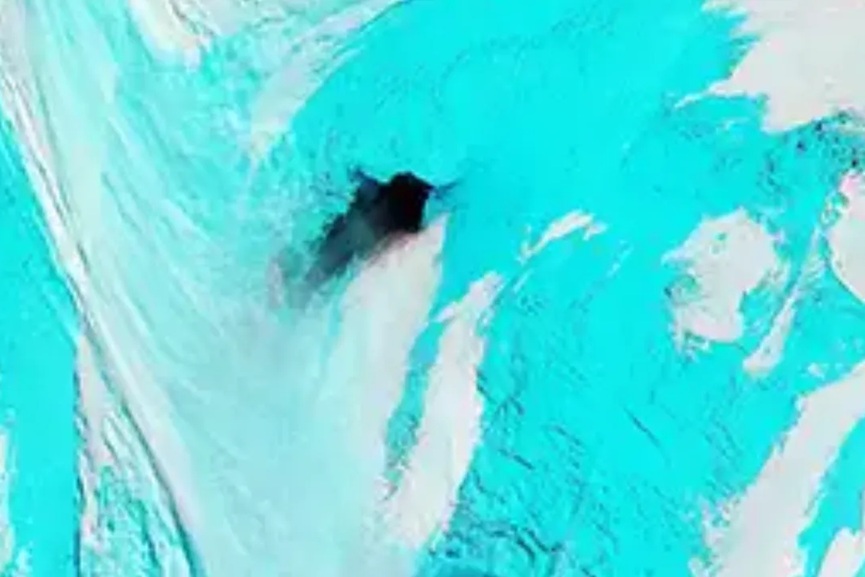Kathmandu: Nepal will waive climbing permit fees for 97 Himalayan peaks over the next two years in a bid to draw visitors to some of its most remote and least developed regions.
The Tourism Department said the move aims to showcase the country’s unexplored tourism products and destinations in Karnali and Sudurpaschim provinces, home to peaks ranging from 5,970 metres to 7,132 metres in height. Both provinces lie in Nepal’s far west and remain among the nation’s poorest areas, with limited infrastructure and access.
“Despite their breathtaking beauty, the number of tourists and mountaineers here is very low as access is so difficult. We hope the new provision will help,” said Tourism Department Director Himal Gautam. “They can create jobs, generate income, and strengthen the local economy,” he added.
The announcement comes as Nepal prepares to raise permit fees for Mount Everest, the world’s highest peak, for the first time in nearly a decade. From September, the cost of climbing Everest during the peak April–May season will rise to $15,000, up from $11,000. Off-peak rates will increase to $7,500 from September to November and $3,750 from December to February.

Mountaineering is a major revenue source for Nepal, which hosts eight of the world’s ten tallest mountains. Last year, climbing fees brought in $5.9 million, with Everest accounting for more than three-quarters of the total. By comparison, only 68 climbers have attempted peaks in Karnali and Sudurpaschim over the past two years, while 421 permits were issued for Everest in 2024 alone.
Authorities hope the fee waiver will position these lesser-known summits as ideal training grounds for mountaineers, particularly in light of a proposed law requiring climbers to have first summited a Nepalese mountain over 7,000 metres before attempting Everest.
The initiative, however, raises questions over whether Nepal plans to improve access and infrastructure in these remote regions and how well local communities can handle a potential influx of climbers.
In recent years, Everest has faced mounting criticism over overcrowding, environmental degradation, and rising fatalities. In April 2024, the Supreme Court ordered the government to cap the number of climbing permits for the mountain and other major peaks, warning that their natural capacity must be respected.

























